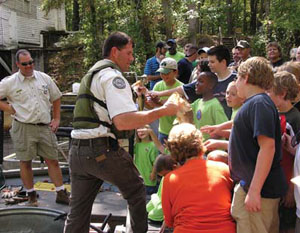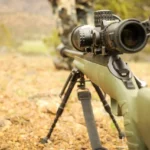Finding the right air hose for your air compressor or other air tool can be challenging. Because there are so many choices on the market today, it can be difficult to know which ones are best for you and your needs. In order to narrow things down, we have prepared a handy guide to two of the most common and highly recommended air hose materials: PVC and Rubber.
Below, we delve into the advantages and disadvantages each type brings to the table, what you should be looking for in an air hose, and hopefully you can end this article with a much clearer perspective as to which one you want to invest in.
Table of Contents
What Is The Best Air Hose For Me?
Since an air hose can be used for multiple types of tools and tasks, you want to choose one that is versatile, durable, and made to last so that you can make the most out of your purchase. In relation to that, these 5 factors are what you should consider when looking for an air hose that is perfect for your personal needs and activities.
Length Of Hose
Standard sized air hoses are usually offered at 25 feet, 50 feet, and 100 feet. Air hoses that come in longer lengths result in lesser control but not enough to deem it ineffective. The length of the hose matters since this can affect how you can utilize it. For instance, if you will need the hose while moving from station to station, you may require one of longer length to allow greater mobility.
However, if you will just be working in one area, keeping a short hose may be easier in terms of moving around and also in terms of storage.
Diameter Of Hose
Most air hoses come in either one of two diameters, namely ¼” (6.33 mm) and 3/8” (9.5mm). The wider the diameter, the more compressed air it can hold, which allows for more strength. However, in order to maximize it, you will need to have a sizable compressor.
The narrow diameter is better for tasks that do not need as much fuel, such as when you are pumping a tire, air bed, or inflatable pool.
Weight Of Hose
To determine if you need a lighter or a heavier hose, you will first need to establish your main purpose for purchasing one. If your activities revolve around operating in one place, then heavier hoses can be more beneficial since they are less likely to kink. However, if you will need to move around often, a lighter hose may be better suited. Just keep in mind that these are more susceptible to kinking, so you will need to take more precaution when storing them after every use.
Who Manufactured The Hose
An air hose is not necessarily a household tool that you want to repurchase every now and then. To guarantee a longer lifespan, we highly suggest purchasing only from trusted companies with great warranties and even better customer support. Some of the best air hose manufacturers today are:

- FlexZilla
- Amflo
- Hitachi
- TekTon
- Goodyear
Material Of Hose
Air hoses also come in a variety of materials, with the two most common ones being PVC and rubber. To better understand which one of the leading materials is best for you, we put a detailed list of their benefits and disadvantages up against one another in the section below.
What is the better air hose: rubber or PVC
Below we discuss what exactly makes up each material and where do they function best?
PVC Air Hose

PVC stands for PolyVinyl Chloride, and is the 3rd most widely used plastic rubber across the globe. It can be used in a variety of materials – from tubing, wires, signs, flooring, and yes, hoses!
Apart from its versatility, another reason that PVC is so common is because of its affordability. It is also very lightweight, portable, and easy to handle. However, we do not suggest using the in colder climates or the winter season because they are prone to freezing up. Aside from that, another disadvantage is that they are susceptible to kinking quickly.
Rubber Air Hose

Rubber is made of natural material as it is extracted from the rubber plant. It starts off as a white, dense, and somewhat gooey liquid, which is then taken to manufacturers and turned into the many rubberized products you see today.
Just like PVC, rubber can also be used in a wide range of things, such as tires of vehicles, tubes, household items, and much more. Rubber is incredibly durable and can last a long time, but it does not come cheap.
Rubber air hoses are quite heavy, but they are very resilient, sturdy, and well worth the investment due to its long lifespan. Because of how much they weigh, they are best used for static workstations such as in a garage or at a workshop. They are also fairly simple to coil up and store away, with little to no risk of kink.
What are other air hose materials to consider?
While rubber and PVC hoses are the most common and widely available air hoses today, they are not the only ones on the market. You may also opt to purchase a Polyurethane Air Hose or a Hybrid Air Hose instead.
Polyurethane Air Hose

Air hoses made of polyurethane are very lightweight and do very well in extreme temperatures. They are also highly resistant to abrasive wear, tearing, or puncturing. Moreover air hoses made of polyurethane are highly flexible and smooth, which allows them to easily glide across varying surfaces. One flaw it may have is that it is more susceptible to kinking when compared to the more robust rubber air hose.
Hybrid Air Hose

As its name suggests, hybrid air hoses are made from a mix of material, namely PVC, polyurethane, and rubber. It was specifically designed to give you the best of all the materials by merging their positive features such as its resiliency against kinking. However, it does lack quite a bit in durability when compared to the pure rubber hoses, and are more likely to kink in the long run.
What Factors Should I Look For in An Air Hose?
The length, diameter, manufacturer, material, and weight of the hose are important when determining which hose is best for your specific activities and needs. However, the 5 additional factors below should also be weighed in as it can affect the overall quality of the hose you choose.
Coiling Capabilities
Air hoses usually either coil in a standard method or in a recoil method. With standard, the hose would lie flat without any bends, which makes them a breeze to unroll. Recoils, however, have small twists within the structure to make them recoil backwards once you let go.
Connections
It is important to consider the right sized connector that is also a quick release for your own set of tools. We recommend getting brass connectors as these are much more resistant compared to aluminum and are also resistant to corroding.
Kink Resistance
Similar to how you would weigh out garden hoses, consider the kink resistance of your air hoses as well. Investing in material that is less likely to kink can go a long way and prevent any disruption in your work.
Pressure Rating
All air hoses have their own maximum pressure rating, which is indicated by PSI (pounds per square inch). You must first determine how much pressure you would need for your tasks and then find a hose that is capable of handling it. Hoses with higher pressure ratings are usually only needed in much tougher jobs such as inflating truck tires.
Temperature Compatibility
It is important to find a hose that would not deteriorate or lessen in efficiency when the temperature shifts. PVC air hoses have a harder time in cold temperatures because it reduces their flexibility. A rubber hose keeps a stable flexibility level even in freezing temperatures, so does polyurethane air hoses and hybrid variants.
You’re All Set!
Knowing what to look for in an air hose can help you in making a more informed decision, and take home a hose you can use for many years to come.
If you are looking for other gardening equipment, check our best selling collections below:
Yard Butler Hose Reels
Yard Butler Hose Reel Carts
Yard Butler Hose Hangers
Yard Butler Irrigation Tools








![Air gun 101: The differences between .177 & .22 – Which jobs they do best ? [Infographic]](https://airgunmaniac.b-cdn.net/wp-content/uploads/2024/11/1773-218x150.jpeg)


















































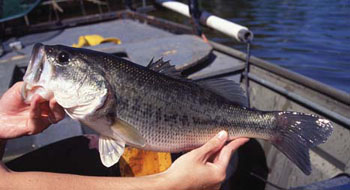
 ion
ion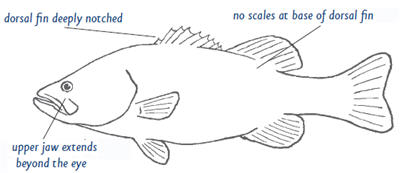 Description
Description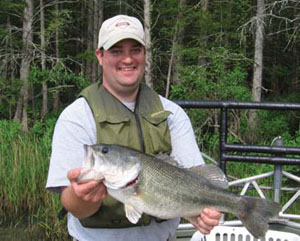 e 50 degrees.
e 50 degrees.